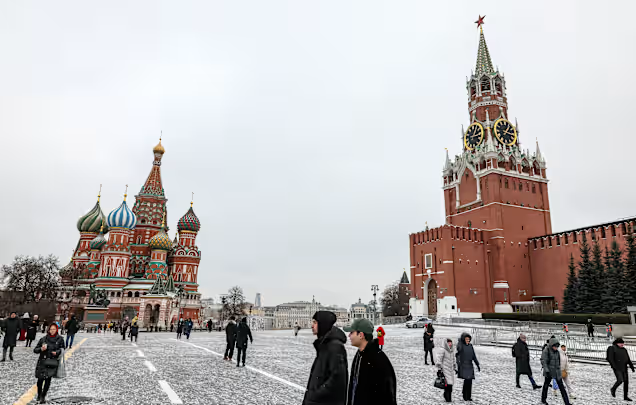
Recent economic data has raised concerns that the U.S. may be approaching a period of slow growth and rising inflation. Consumer spending saw a significant decline in January, marking its sharpest drop in nearly four years. This downturn follows a strong holiday shopping season and suggests weakening consumer confidence and growing uncertainty about the economic outlook.
Inflationary pressures continue to build, with surveys showing inflation expectations at their highest levels since 2023. Rising costs of essential goods, such as eggs, and the anticipated impact of tariffs are contributing to these concerns. Businesses across various sectors, particularly automotive and food, have warned that price increases may be unavoidable.
Trade policies remain a major source of economic uncertainty. The administration’s tariffs have drawn criticism from industry leaders, who warn of potential disruptions to supply chains and increased costs. The auto industry, for instance, could be significantly impacted by proposed 25% tariffs on Canada and Mexico, according to Ford’s CEO. Similarly, companies like Chipotle have raised concerns about tariffs on key ingredients such as avocados and limes, which could lead to higher consumer prices.
The Federal Reserve now faces a challenging task in managing inflation while supporting economic growth. Historically, central banks have responded to similar conditions by raising interest rates, as seen in the 1970s and 1980s. However, tightening monetary policy could further slow economic activity and increase unemployment. Lowering rates, on the other hand, risks fueling inflation. Some investors are already anticipating a shift in focus from inflation control to economic growth.
Consumer sentiment has also taken a hit, with confidence levels experiencing their steepest decline in almost four years. If this trend continues, reduced spending could lead to a cycle of economic slowdown. Many businesses, especially smaller firms, have started delaying expansion plans, raising prices, and expressing concerns about profitability. A recent survey indicated that nearly 60% of U.S. adults believe tariffs will contribute to rising costs.
While some economists caution against reading too much into a single month’s data—pointing to factors like extreme weather as possible distortions—sustained trends could indicate a prolonged period of economic stagnation and inflation. This would place the Federal Reserve in a difficult position, requiring careful policy decisions to balance inflation control with economic stability.




















